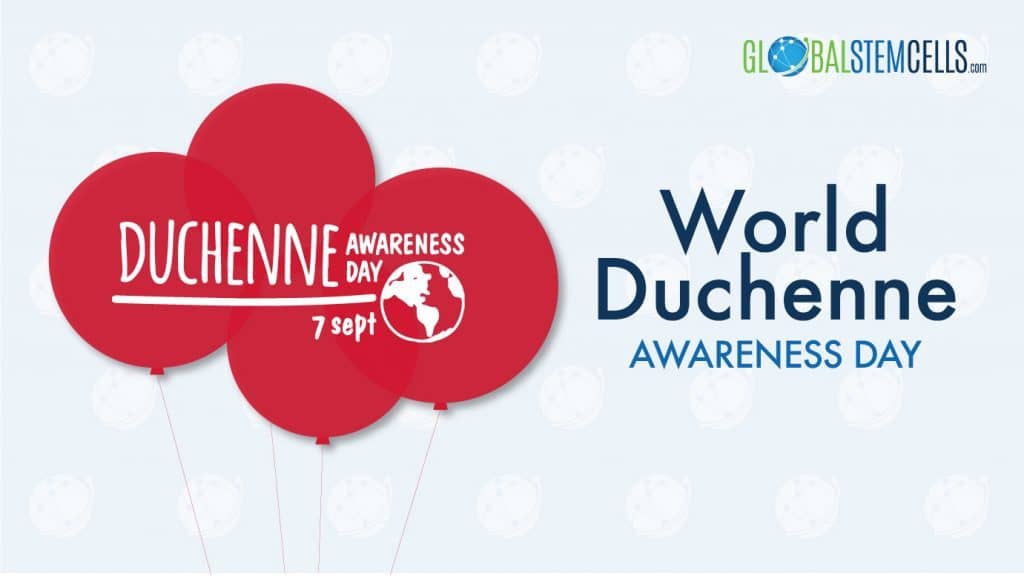September 7 will see the world pause to acknowledge everyone involved in the battle against a rare but deadly genetic neuromuscular disease known as Duchenne Muscular Dystrophy. World Duchenne Awareness Day (first marked on 7th September 2014) seeks to focus attention on this disease, which targets mostly boys, and whose cure is yet to be found.
Duchenne is the most common type of Muscular Dystrophy. Attacking approximately 1 in 3500 boys, and appearing most commonly in early infancy, Duchenne Muscular Dystrophy (DMD) is characterised by progressive weakness and rapid muscular deterioration. DMD (which is an inherited disorder) is the direct result of the absence of dystrophin, the protein that helps keep muscle cells intact.
Duchenne Muscular Dystrophy Symptoms
Duchenne makes its appearance very early in life and between the ages of 2 and 3 the following signs and symptoms are evident. Frequent falls are the first major sign that all is not well. If a boy is not walking at 15 months he should be tested for Duchenne immediately. Similarly if he is has difficulty holding up his head or appears to have a weak neck this may be a sign of Duchenne Muscular Dystrophy. Muscle pain and stiffness (accompanied by general fatigue) and larger than normal calf muscles are further signs to look out for. A waddling gait and difficulty in running and jumping are clear indications of the disease’s advance. Walking on one’s toes and difficulty in getting up from a sitting or lying position are also signs of the presence of the disease.
Learning difficulties are also evidence of Duchenne Muscular Dystrophy. A curved spine, known medically as Scoliosis, is a classic sign of DMD. Headaches, shortness of breath and drowsiness are more signs of the disease. Being the child’s closest companion at this early age, parents should flag anything that appears to be out of the norm and bring it to the attention of competent medical professionals immediately.
Muscular weakness associated with DMD is initially evident in the pelvis and legs and, severely less so, in the neck, arms and other parts of the body. The rapid progression of Duchenne usually means that the child may completely lose the ability to walk by the age of 12 and will be confined to a wheelchair. Heart diseases and breathing difficulties will be evident in the early twenties.
World Duchenne Awareness Day 2016 focused on the importance of early diagnosis. Although the disease has no outright cure there are therapies that can help ease the symptoms and make life easier for the patients themselves and their families. Neonatal (or newborn) screenings have been proposed although these are currently only available in countries with established and advanced medical facilities. Early diagnosis facilitates timely genetic counselling and clinical trials, among other advantages. This theme is expected to continue this year with fresh impetus and added focal points.
Given the debilitating nature of the disease, and the relatively young age of the patients, parents (with the invaluable input of health professionals) will be at the forefront in coordinating activities on this day. One of the goals of World Duchenne Awareness Day 2017 will be to raise funds for education and awareness purposes. Last year saw the successful use of the Duchenne Balloon in this regard and this year that success is expected to be replicated, if not surpassed.
This year too, World Duchenne Awareness Day will see the support and involvement of the Papacy, the European Parliament and the active participation of at least 39 countries around the world.




 English
English